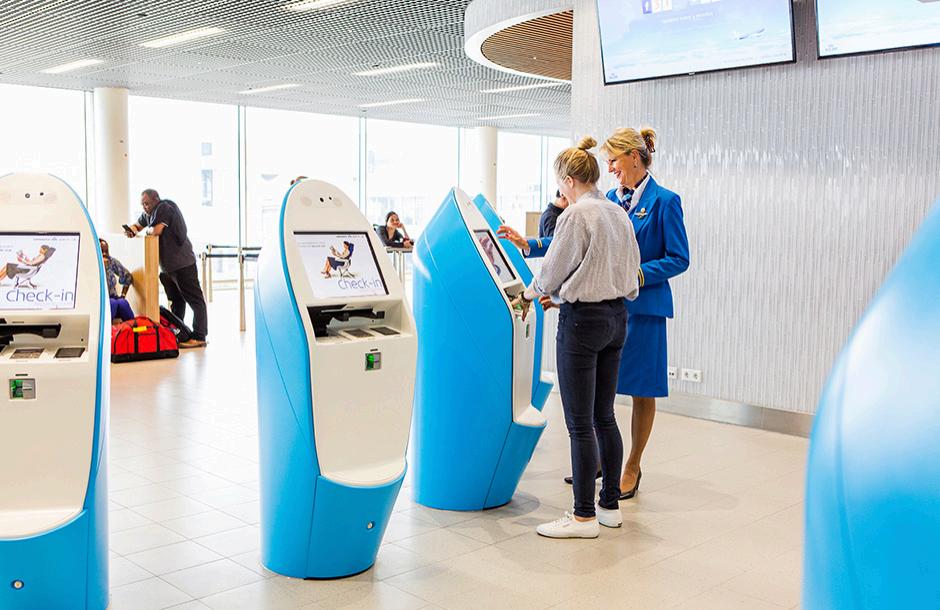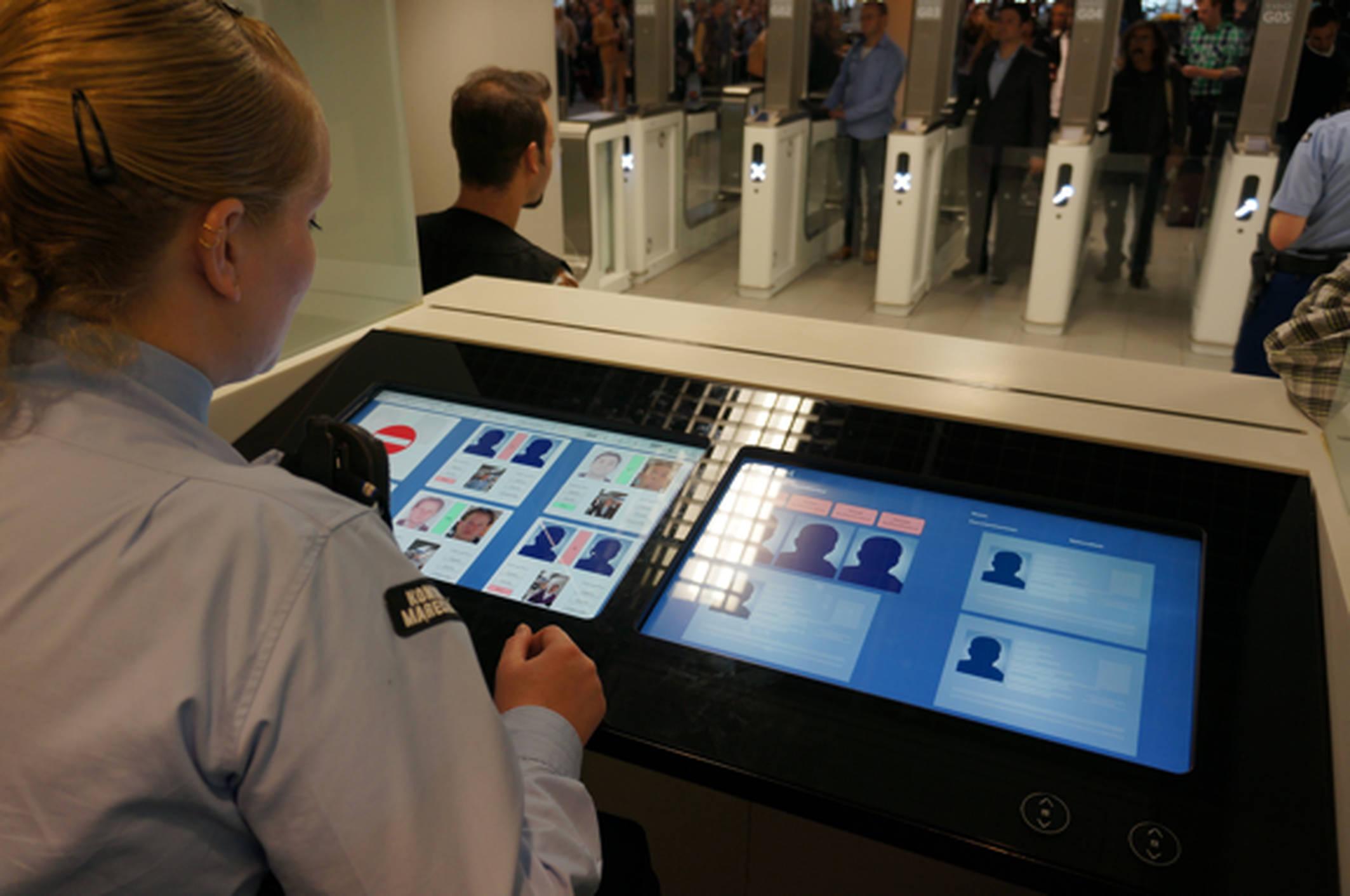
1 minute read
ENTREPRENEURIAL SPIRIT
FUN ÁND/OR FAST?
We all know Schiphol as a logistics powerhouse for the transport of people and cargo. This is a challenge in itself, but what if two departments have conflicting interests? Choose, compromise or fuel this duality?
Advertisement
As a customer, one wants to get from one's car seat (or train seat!) to one's airplane seat as quickly as possible –a logistical challenge that requires innovation, from way-finding to onboard procedures.

At the same time, flying is an experience and Schiphol's real-estate partners (shops & restaurants) would like to entertain travellers for as loooong as possible between airport arrival and gate arrival.
Rather than position these goals (and thus departments) as opposing goals, link them to the 'organisation's mission and values' and explain to all team members how they mesh from a user perspective.
Always Adaptive
To enable these dual forces, different flows and adaptive customer journeys requires Schiphol airport to transform the 70.000m2 closed-off operational and security place. The design challenge: How to turn this into dynamic service spaces, preparing the building-as-a-platform for future growth ánd sustainability?

Schiphol needs to handle the growing number of travelers as quickly, safely and efficiently as possible, and on the other hand provide personal, exciting and comfortable spaces and services.
The ‘platform’ needs to be ale to cope with volatile peaks ánd it needs to become 100% climate neutral. This requires a complete re-design to become more future ready.
5 key principles have been defined:
• Decouple all elements
• Make it smart
• Be able to continuously update
• Re-shuffle on the fly/demand
• Re-use everything
Passengers and clients will ultimately need to experience one space where all services are open and approachable from all different sides, like a true hub.
A BUILDING LIKE A SMART PHONE?

Such an open design building would be designed and programmed similar to The architecture of a computer, smart phone or electronic car; like a stack.
Services from different stakeholders are working together (inter-operable) and thus perform better and more efficient than stand-alone.










